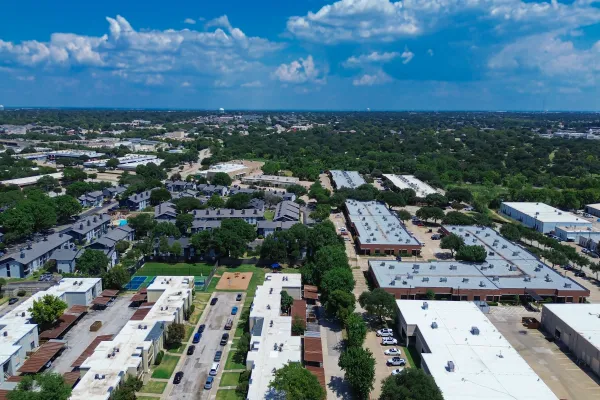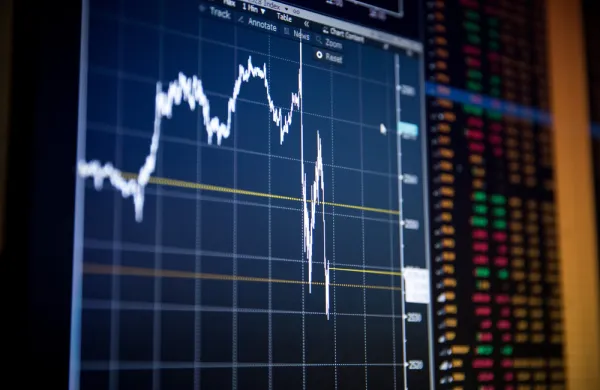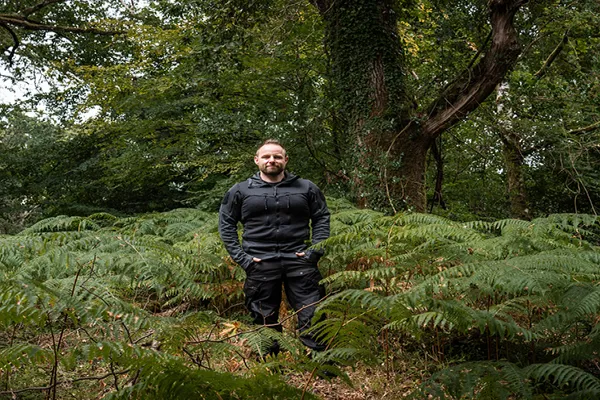When U.S. capital markets started to churn with the subprime mortgage implosion last summer, many investors went abroad in search of returns. Although the Standard & Poor’s 500 index finished the year up 5.5 percent, the MSCI EAFE index, which covers developed economies outside the U.S., rose 11.2 percent. In some emerging markets returns were even better.
Money managers benefited handsomely. The 50 biggest U.S.-based managers of non-U.S. stocks and bonds that make up Institutional Investor’s annual America’s Largest Overseas Investors ranking saw combined foreign holdings surge 21.9 percent, to $7.8 trillion, from December 2006 to December 2007. That was slower than 2006’s 29.6 percent growth but still faster than the 16.8 percent of 2005. Some of that increase (roughly one third, estimates Julia Coronado, senior economist at Barclays Capital in New York) was a result of the weakening dollar; the rest came from net inflows and investment gains. Total global assets grew by 8.8 percent, to $24.7 trillion, with non-U.S. assets accounting for 31.6 percent of that total — 3.6 percentage points more than the year before.
Barclays Global Investors has been perched at the top of the II ranking every year since it first appeared, in 1996, except for 1998 and 1999, when BGI was No. 2. The San Francisco–based firm had $1.0 trillion in non-U.S. stocks and bonds under management as of December 31, 2007, about $340 billion more than -runner-up State Street Global Advisors of Boston. The increase of 22 percent from 2006, when BGI had $821.7 billion in international assets, pushed the non-U.S. portion of the firm’s asset mix from 45.3 percent in 2006 to 48.2 percent in 2007. Part of BGI’s asset growth came from its February 2007 acquisition of Germany’s Indexchange Investment, one of Europe’s biggest providers of exchange-traded funds. “There is a growing demand for global investment approaches,” says BGI CEO Blake Grossman.
Fidelity Investments grew its international assets last year at a faster pace than any of the other ten highest-ranking firms. The Boston-based mutual fund giant had $395.0 billion in non-U.S. stocks and bonds as of December 31, 2007. That 64.3 percent increase from 2006 pushes the firm to fifth place from eighth. International assets now make up 26.0 percent of Fidelity’s total assets under management, compared with 18.1 percent in 2006. Fidelity’s growth in international assets came from individual investors in 401(k) plans who were drawn to its international mutual funds, the firm says. “It’s completely organic. It’s not like they acquired those assets,” says Christopher Davis, an analyst at Morningstar in Chicago who covers Fidelity. The $6.4 billion in assets Fidelity Emerging Markets Fund, for example, returned 45.0 percent in 2007, beating its benchmark, the MSCI EAFE, by 33.9 percentage points. Meanwhile, the $14.4 billion in assets Fidelity International Discovery Fund grew 19.0 percent last year, beating the MSCI EAFE, by 7.8 percentage points and earning five Morningstar stars — the agency’s highest rating.
BlackRock falls from fifth place to sixth in the ranking, but the huge fixed-income manager still grew non-U.S. assets by 24.3 percent, to $371.1 billion, last year as the firm tapped sovereign wealth funds and other big overseas investors. At BlackRock, 79 percent of net flows into fixed-income strategies, or $21.5 billion, came from non-U.S. investors, as compared with only $5.7 billion from U.S. investors. BlackRock CEO Laurence Fink expects that over the next five years more than half of the firm’s clients will live outside the U.S. “We are not just a New York–based company anymore,” says Fink, whose firm has offices in 29 cities outside the U.S. “The marketplace has evolved us and made us more global. Our culture has changed. I have to have big offices in London, Tokyo, Beijing — I’ve got to be everywhere.”
The strategic goal of becoming a global firm is also driving Invesco (formerly Amvescap), which last year moved its legal domicile from the U.K. to the U.S. and changed its name from Amvescap. Invesco grew its non-U.S. assets by 7.3 percent, to $211.3 billion, as of December 31, 2007. Under the leadership of CEO Martin Flanagan, who joined three years ago from Franklin Resources with a mission to combine Invesco’s nearly 20 businesses around the world into a single integrated operating company headquartered in Atlanta, Invesco has established its global footprint so well that more than 40 percent of its assets are outside the U.S. Nearly half of those international assets are in the U.K., where London-based subsidiary Invesco Perpetual has a 6 percent share of the mutual fund market. Last year 94 percent of Perpetual’s investment funds outperformed their peers in the U.K., according to Invesco’s 2007 annual report. As a result, net flows in the U.K. nearly tripled, from $4.3 billion in 2006 to $12.2 billion in 2007. In addition, Invesco manages about $10 billion for sovereign wealth funds in -Asia and the Middle East, and it holds a 49 percent stake in a joint venture with a money management firm in Shenzhen, China, that manages about $15 billion.
Investing overseas helped ease the pain U.S. investors felt in 2007. For the first quarter of 2008, however, the MSCI EAFE declined 8.9 percent, while the MSCI EAFE emerging-markets index fell 9.3 percent. Tim Scholefield, head of equities at London-based Baring Asset Management, a subsidiary of Springfield, Massachusetts’ MassMutual Financial Group — which grew its total non-U.S. assets by 19.5 percent, to $117.9 billion, last year, staying in 18th place — saw his firm’s investments in large-cap Euro-pean stocks fall 18 percent from January 1 to March 31. But Scholefield predicts large-cap stocks in Europe will rise by 5 to 10 percent from May to December this year and that emerging markets will be upby about 15 percent. “We’ll see a gradual improvement,” he says. “The desire to diversify into other markets is a recurring theme around the world.





